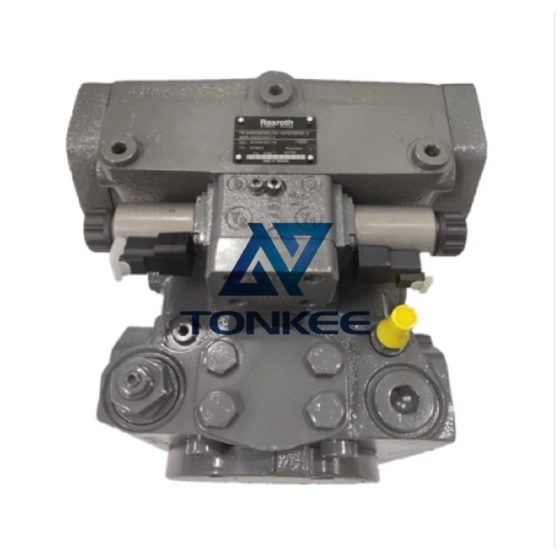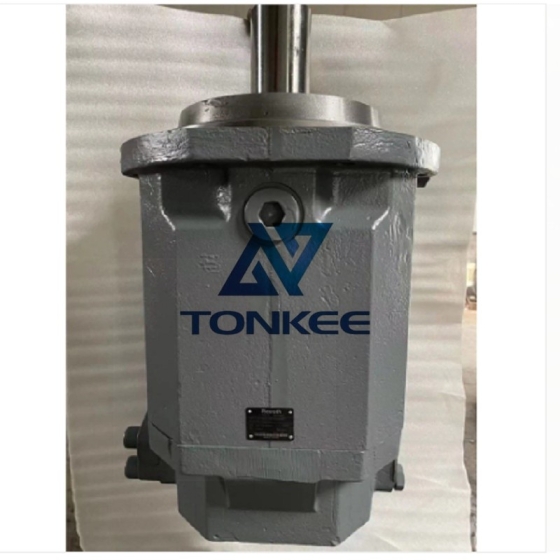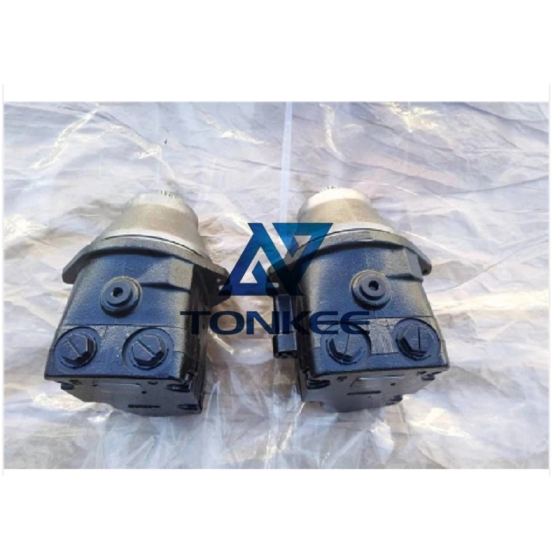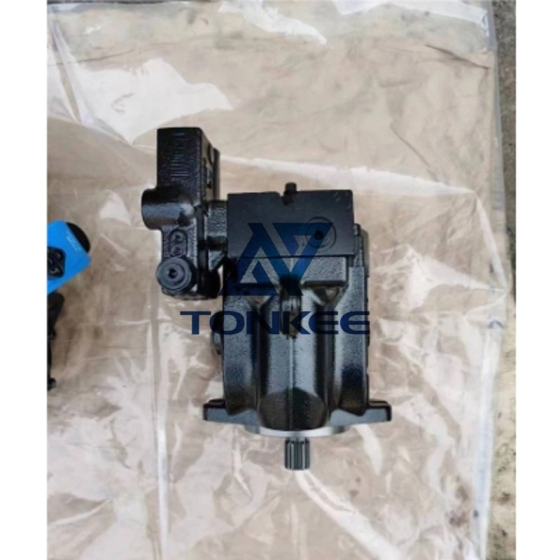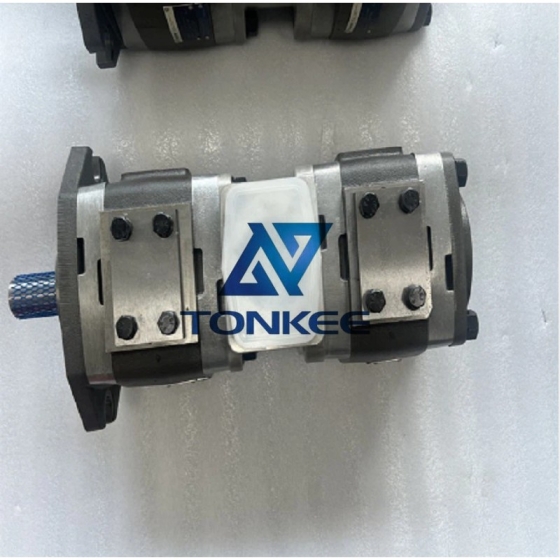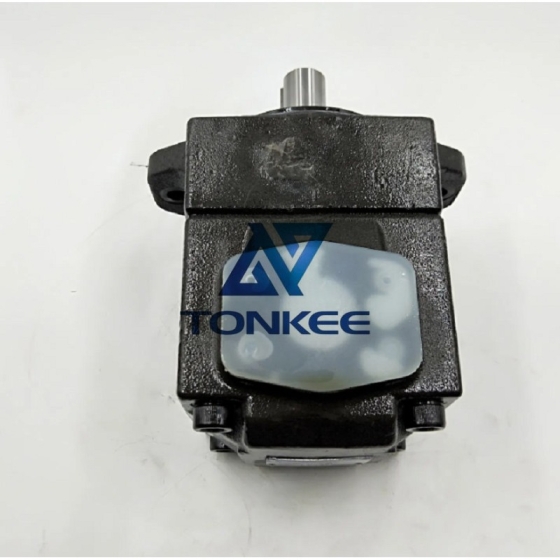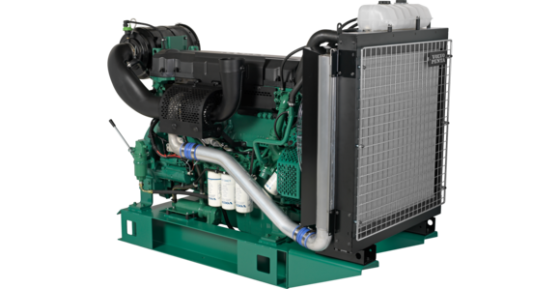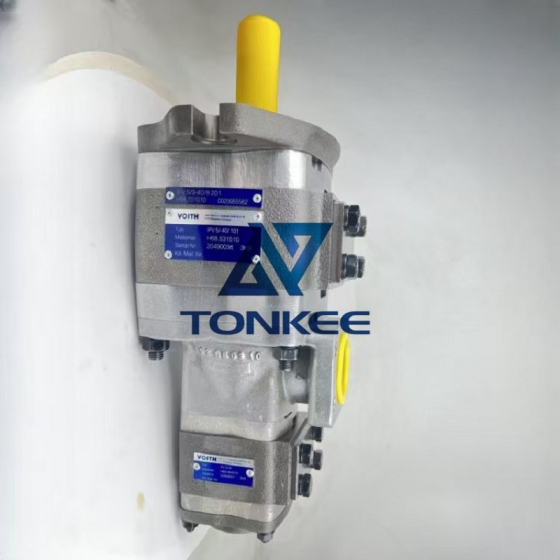Vickers V20 Series Hydraulic Vane Pumps Q&อัน (English & Chinese Translation)
Q1: What type of hydraulic pumps are the Vickers V20 Series (including models like V20-6, V20-7, and V20-1p11p-1c11)? What are their main design features?
English Answer: The Vickers V20 Series is a family of fixed-displacement, single-vane hydraulic pumps specifically engineered for low-to-medium pressure hydraulic systems. Their main design features include:
- Compact structure: With a small footprint and lightweight design, they are easy to integrate into space-constrained equipment, such as small industrial machines and mobile hydraulic systems.
- Balanced vane design: The vane configuration is optimized to balance pressure forces, reducing internal wear and extending the pump’s service life while maintaining stable output pressure.
- Low noise operation: Precision-machined components (like the cam ring and rotor) and optimized internal flow paths minimize fluid turbulence, resulting in operating noise typically below 70 dB(อัน) at rated speed, which is lower than many comparable vane pump series.
- High volumetric efficiency: Advanced sealing technology and tight manufacturing tolerances reduce internal leakage, ensuring volumetric efficiency of ≥ 88% under rated working conditions, which helps improve overall system energy efficiency.
Q2: How to interpret the model codes of the Vickers V20 Series, such as V20-6, V20-13, and V20-1p11p-1c11?
English Answer: The model codes of the Vickers V20 Series follow a standardized format, with each segment conveying specific technical information:
- V20: The base series identifier, representing the Vickers V20 family of fixed-displacement vane pumps, which is a well-known product line for low-to-medium pressure applications.
- Numerical suffixes (6, 7, 8, 9, 11, 12, 13): These numbers directly indicate the pump’s การกำจัด in cubic inches per revolution (in³/rev). ตัวอย่างเช่น, V20-6 has a displacement of 6 in³/rev, V20-13 has a displacement of 13 in³/rev. Displacement is a key parameter that determines the pump’s output flow (flow rate = displacement × rotational speed).
- Alphanumeric suffix (1p11p-1c11 in V20-1p11p-1c11): This segment provides detailed configuration information:
- The first “1p” usually refers to the mounting flange type, with “1” indicating a standard SAE mounting flange and “p” representing a specific flange profile or material variant.
- The second “11p” typically relates to the shaft end configuration, where “11” denotes a standard keyed shaft size and “p” may indicate a surface treatment (e.g., corrosion-resistant plating) or shaft extension length.
- The “1c11” part generally specifies the seal type and internal options, with “1c” indicating a standard nitrile rubber seal (suitable for conventional hydraulic oils) และ “11” representing additional internal features, such as a built-in pressure relief valve or optimized vane material for enhanced durability.
Q3: What are the key performance differences between different displacement models in the Vickers V20 Series (V20-6 to V20-13)?
English Answer: While all Vickers V20 Series models share the same basic design principles and low-to-medium pressure application focus, they differ primarily in displacement, which leads to variations in key performance parameters:
- Output flow: Flow rate is directly proportional to displacement. At the same rated speed (e.g., 1800 รอบต่อนาที), a V20-6 (6 in³/rev) produces an output flow of approximately 18.9 l/นาที, while a V20-13 (13 in³/rev) delivers around 41.1 l/นาที. This makes smaller displacement models (V20-6, V20-7) suitable for low-flow systems (e.g., small cylinder actuation), and larger displacement models (V20-12, V20-13) ideal for high-flow applications (e.g., large conveyor drives).
- Rated torque requirement: Higher displacement models require more input torque to drive. ตัวอย่างเช่น, a V20-6 needs approximately 12 N·m of input torque at rated pressure (140 บาร์), while a V20-13 requires around 26 N·m. This means larger displacement models must be paired with more powerful prime movers (e.g., higher-horsepower motors) to ensure normal operation.
- Pressure stability: Smaller displacement models (V20-6 to V20-9) tend to have slightly better pressure stability at low flow rates, as their compact internal structure minimizes fluid pressure fluctuations. Larger displacement models (V20-11 to V20-13) maintain good pressure stability at high flow rates but may experience minor pressure ripples under light load conditions (easily mitigated with system accumulators).
- Weight and installation space: Displacement directly affects the pump’s physical size and weight. A V20-6 weighs approximately 8 kg with a footprint of around 150×120 mm, while a V20-13 weighs about 14 kg with a footprint of roughly 200×160 mm. This means larger displacement models require more installation space and may need reinforced mounting structures to support their weight.
- Small industrial machinery:
- Machine tools: Powering the clamping, feeding, and tool changing mechanisms of small lathes, drilling machines, and milling machines. Models like V20-6 and V20-7 are ideal here due to their low flow requirements and compact size.
- Packaging equipment: Driving the film winding, sealing, and conveying systems of small packaging machines (e.g., pouch packaging machines). The low noise of the V20 Series ensures a quiet working environment in packaging workshops.
- Mobile hydraulic systems:
- Small construction machinery: Providing hydraulic power for the lifting and tilting functions of mini excavators (1-3 ตัน) and skid steer loaders. Larger displacement models like V20-11 and V20-13 are suitable here to meet the high-flow demands of the machinery’s actuators.
- Agricultural equipment: Powering the steering, lifting, and implement drive systems of small tractors and garden tillers. The pump’s durability and resistance to dust (IP54 protection) make it suitable for outdoor agricultural environments.
- Auxiliary hydraulic circuits:
- Industrial presses: Serving as the power source for auxiliary circuits (e.g., lubrication, guide rail adjustment) of small hydraulic presses. Models like V20-8 and V20-9 are commonly used due to their balanced flow and pressure performance.
- Material handling equipment: Driving the lifting and traversing mechanisms of small forklifts and stackers. The compact design of the V20 Series allows for easy integration into the limited space of the equipment’s hydraulic compartment.
Q5: What are the key considerations for selecting and maintaining the Vickers V20 Series hydraulic vane pumps?
English Answer:
Selection Considerations
- Flow and pressure matching: Calculate the required flow rate of the hydraulic system based on the speed and action time of the actuator (e.g., cylinder, motor). Select a pump with a displacement that meets the flow demand (ensure the pump’s maximum flow is 10-15% higher than the system’s required flow to account for leakage). 同时,verify that the pump’s rated working pressure (typically 140 bar for the V20 Series) is higher than the system’s maximum operating pressure (with a safety margin of 20-30%) to prevent overpressure damage.
- Installation space and weight: Measure the available installation space (length, width, height) of the equipment’s hydraulic compartment and the load-bearing capacity of the mounting structure. Select a pump model whose physical dimensions and weight are compatible with the space and structure. ตัวอย่างเช่น, if the installation space is limited (e.g., <180×140 mm), choose smaller models like V20-6 or V20-7; for larger spaces, opt for models like V20-12 or V20-13.
- Fluid compatibility: Confirm that the pump’s seal material and internal component materials are compatible with the hydraulic oil used in the system. The V20 Series typically uses nitrile rubber seals (suitable for mineral-based hydraulic oils with viscosities of ISO VG 32-68). If synthetic hydraulic oils (e.g., phosphate ester-based) are used, select models with special seals (e.g., Viton seals) to avoid seal swelling or degradation.
- Noise requirements: If the pump is used in a noise-sensitive environment (e.g., indoor workshops, laboratories), ensure the pump’s operating noise (≤70 dB(อัน) for the V20 Series) meets the site’s noise standards. For stricter noise requirements (e.g., ≤65 dB(อัน)), additional noise reduction measures (e.g., installing sound insulation enclosures) may be needed.
Maintenance Considerations
- Hydraulic oil management: Use mineral-based anti-wear hydraulic oil of ISO VG 32-68 (recommended by Vickers). Check the oil level and oil quality weekly; replace the hydraulic oil every 2000-3000 operating hours and the oil filter every 1000 ชั่วโมง. Avoid mixing different types or brands of hydraulic oil, as this may cause chemical reactions and damage internal components.
- Leakage inspection: Inspect the pump’s oil ports, shaft seals, and flange connections monthly for oil leakage. If leakage is found, replace the damaged seals or gaskets immediately. Excessive leakage not only reduces system efficiency but also may cause environmental pollution and accelerate component wear.
- Temperature monitoring: Monitor the pump’s surface temperature during operation; the normal operating temperature should be between 40-60℃. If the temperature exceeds 70℃, stop the machine and check for potential issues (e.g., insufficient oil supply, clogged oil filters, or excessive system pressure). Prolonged high temperatures can degrade the hydraulic oil and damage the pump’s seals.
- Storage and idle protection: If the pump is not used for more than 3 months, drain the internal hydraulic oil, clean the pump body with a neutral cleaning agent, and fill it with rust-preventive oil. Store the pump in a dry, ventilated, and dust-free environment with a temperature range of 5-30℃ and relative humidity ≤60% to prevent corrosion and dust accumulation.
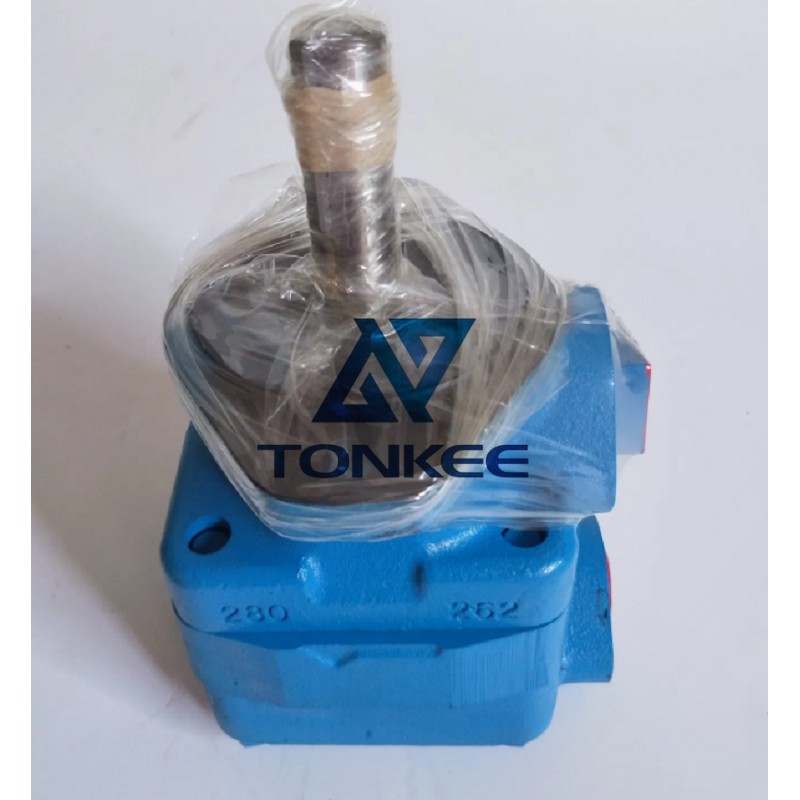
 โลโก้เครื่องจักร Tonkee
โลโก้เครื่องจักร Tonkee



